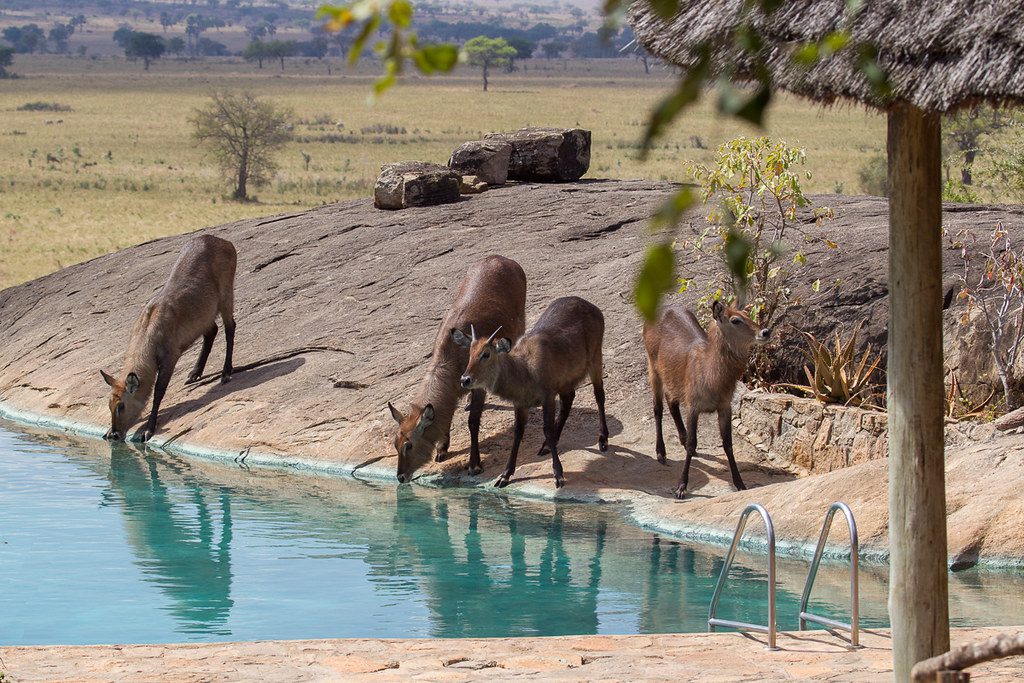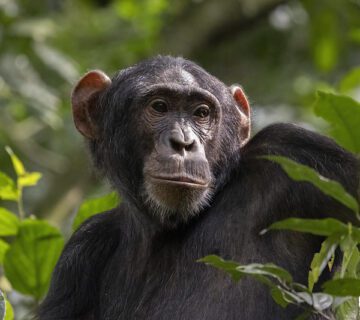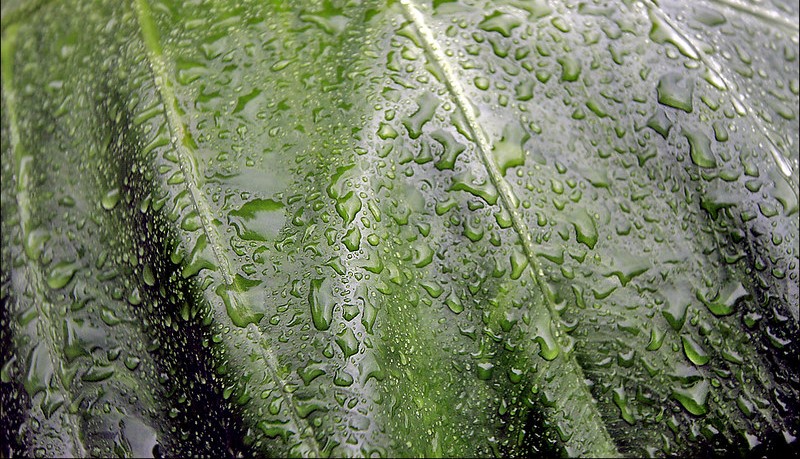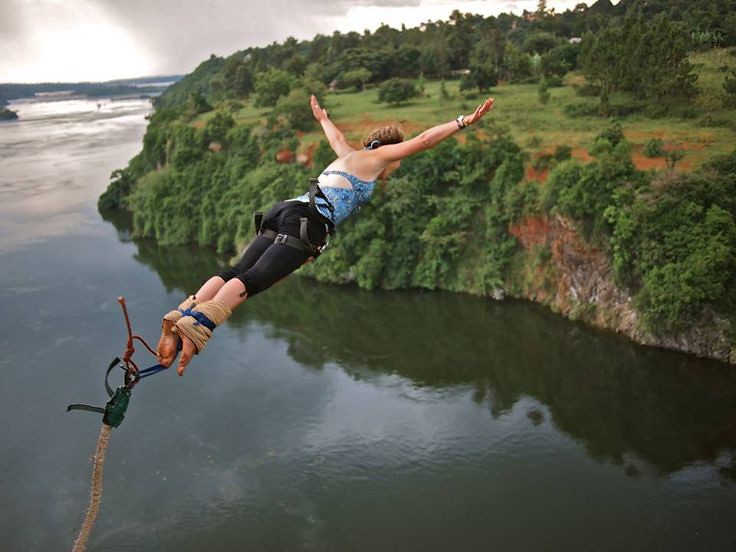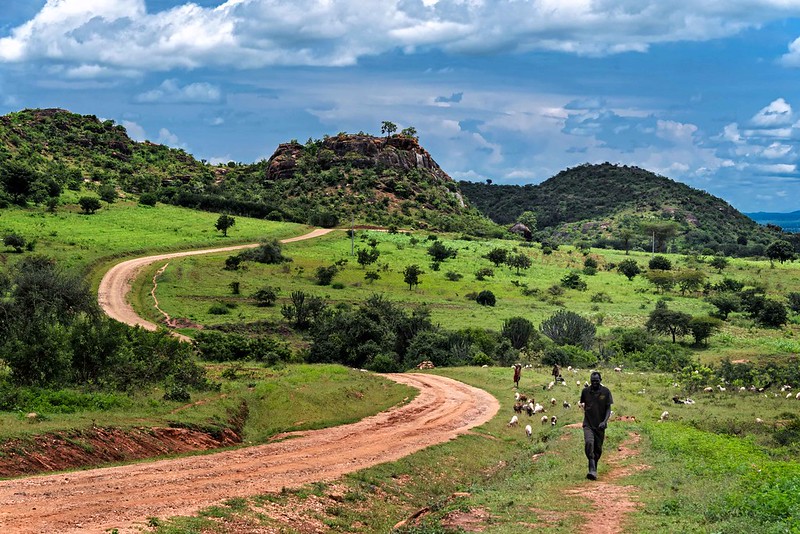Kidepo National Park is located in the northern part of Uganda and includes a total surface area of around 1442 square kilometres at an elevation of approximately 900 to 1200 metres above sea level. Furthermore, this national park was gazetted as a wildlife reserve in 1772 when it had its main warden named Ian Ross, and it was later constituted as a national park after Uganda gained independence in 1962: safari, vacation trips and tours.
Kidepo Valley National Park got its name from the word AKIDEP, which means “to pick up” in English. Furthermore, this national park is surrounded by gorgeous scenery, and there are countless varieties of flora and wildlife.
Furthermore, there are numerous tourist attractions in Kidepo National Park that draw visitors from all over the world, including bird species such as the little bee-eater, the dark chanting goshawk, the black-breasted barbet, the Karamojong apalis, the red and yellow barbet, and the kori bambino.
Individuals can also see mammal species because this back is home to over 77 mammal species such as buffalos, lions, oribi, leopards, zebras, bush pigs, Rothschild giraffes, forest elephants, spotted hyenas, black-backed, side-backed jackal, primate species such as white and black colobus monkeys, vervet monkeys, and others.
There are many beautiful physical features in Kidepo Valley National Park that attract people, such as the Narus Valley, which means Mud in Karamojong language and is known to have the Narus River as its main source of water, Mount Morungole, which stands as an elevated area of about 2,750 metres above sea level and hiking to this mountain gives you opportunities to interact with the Ik people, who are known to be Uganda’s smallest ethnic group and Lomej hills.
Furthermore, exploring this national park allows you to participate in a variety of activities such as game drives, Karamojong community tours, guided nature walks, bird watching, hiking, wildlife game viewing, climbing Mount Morungole, and many others.
Tourists who visit this national park can also choose to stay within the park because there are so many housing facilities that are constantly available, but they are categorised differently, such as mid-range, budget, and luxury. Apoka Safari Lodge, kidepo savannah lodge, zebra safari lodge, Katurun Lodge, Adere Safari Resort, and others are among these safari lodges.

